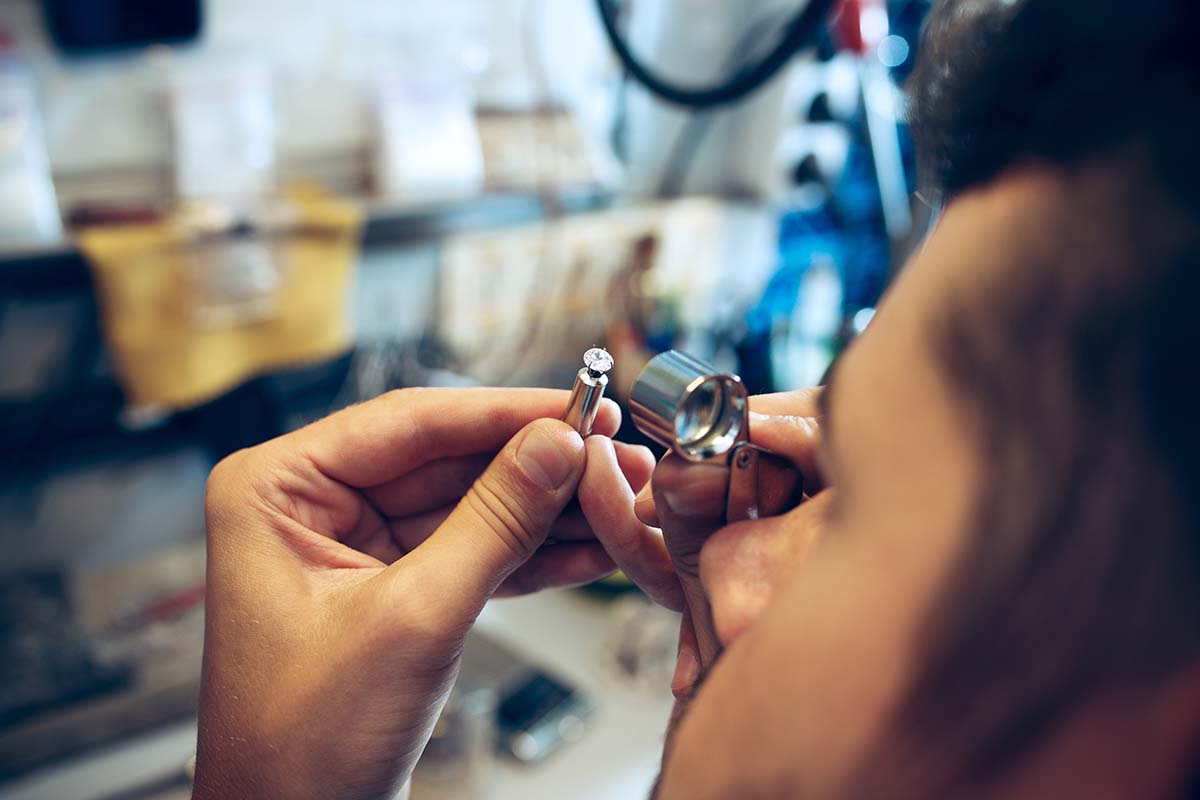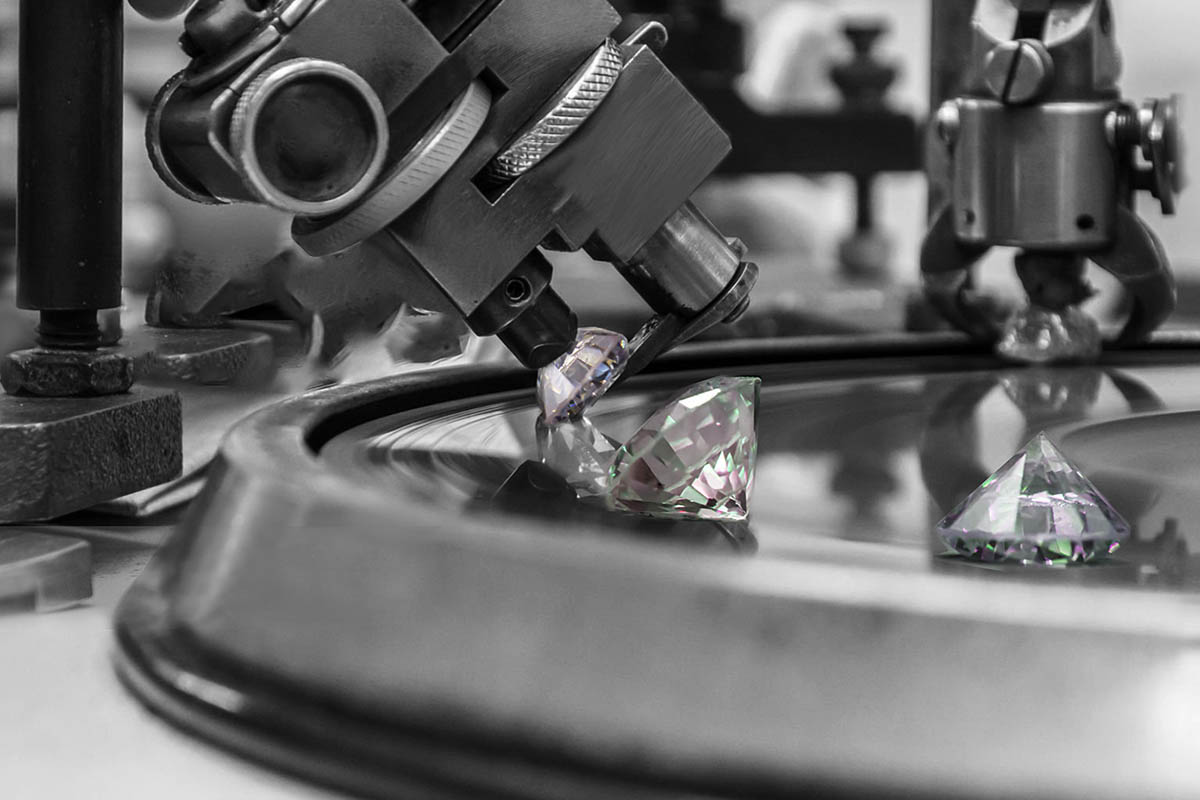Distinguishing Lab-Created Diamonds from Natural Diamonds: A Guide
Diamonds have long been a symbol of luxury and enduring beauty. However, these lab grown diamonds have introduced a new dynamic in the gemstone market. Understanding the distinctions between lab-created diamonds and their natural counterparts is crucial for consumers and enthusiasts. This guide delves into these differences, offering insights into what sets these two types of diamonds apart.
Origins: The Birth of a Gemstone
The primary difference between lab-created and natural diamonds lies in their origin. Natural diamonds are formed over billions of years under extreme pressure and heat deep within the Earth’s mantle. They are then brought closer to the surface through volcanic eruptions. These diamonds are mined, cut, and polished before they enter jewelry stores.
In contrast, lab-created diamonds are grown in controlled laboratory environments. These facilities replicate the high-pressure, high-temperature conditions necessary for diamond formation, allowing for the creation of gemstones that are chemically, physically, and optically identical to natural diamonds. This process can take a few weeks to several months, significantly shorter than the millennia needed for natural diamonds to form.
Environmental and Ethical Considerations
One of the most compelling arguments for lab-created gemstones is their reduced environmental impact. Mining natural diamonds can be environmentally taxing, often involving extensive land and water use, and can result in ecological damage. On the other hand, lab grown diamonds have a smaller environmental footprint, as they require less land disturbance and water usage.
The diamond industry has also faced criticism over ethical concerns, including labor practices in mining areas. Lab-created diamonds offer an alternative that avoids these ethical dilemmas, as they are produced in controlled, safe, and regulated environments.
Assessing Quality and Value
When it comes to assessing the quality of a diamond, whether natural or lab-created, the same criteria apply: cut, color, clarity, and carat weight, often referred to as the “Four Cs.” Both types of diamonds can exhibit a range of qualities within these parameters. However, due to the controlled conditions of their creation, lab grown diamonds can often be produced with fewer imperfections and better color consistency.
In terms of value, natural diamonds typically hold more long-term value compared to lab-created stones. This is partly due to their rarity and the historical significance of natural diamonds. However, lab-created diamonds offer a more affordable option, often priced significantly lower than natural diamonds of comparable size and quality.
Visual and Physical Similarities
To the unaided eye, distinguishing between a lab-created diamond and a natural diamond can be challenging, if not impossible. Both share the same chemical composition – pure carbon, crystallized in isotropic 3D forms. This similarity extends to their physical properties, including hardness, thermal conductivity, and refractive index, making them equally durable and brilliant. Both types of diamonds also exhibit the same sparkle and fire, highly prized characteristics that contribute to their timeless appeal in jewelry.
Identification Techniques
Advanced identification techniques are often necessary to differentiate between natural and lab-created diamonds. Expert gemologists employ sophisticated tools to identify minute variations in trace components and crystal development patterns. While natural diamonds may contain minute traces of nitrogen, these diamonds often have specific metallic inclusions or distinctive growth patterns unique to the laboratory process.
Additionally, some lab-grown diamonds may exhibit fluorescence under UV light, further assisting their identification and distinction from natural diamonds.
Conclusion
Lab-grown diamonds provide an alternative that aligns with modern values of sustainability and ethical responsibility without compromising on beauty or quality. As technology advances, the line between these two types of diamonds becomes increasingly blurred, offering consumers a wider range of choices. Whether one opts for a natural or a lab-created stone, the allure of diamonds remains undiminished, symbolizing tradition and innovation in fine jewelry.



















